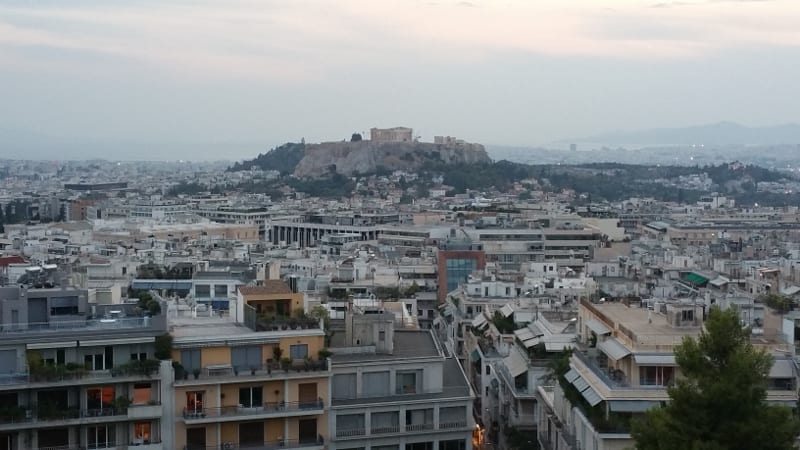This story originally appeared in the
Napa Valley Register.
In the past week, I have dined out at four restaurants and at three of these, there was a Greek wine on the menu. More and more, we are seeing Greek wines in the U.S. And, after traveling to Greece the last two summers, I was starting to feel confident in my growing knowledge of the wines. But this week, I learned about yet another wine region in Greece called Pangeon and the winery Biblia Chora.

There are 28 wine districts in Greece, and within these districts are the 58 wine areas that have been designated with Protected Geographical Indication (PGI) status. One of these regions is Pangeon in Northern Macedonia, approximately 100 kilometers from the city of Thessaloniki.
Established as a PGI in 1995, the vineyards of Pangeon are located on the slopes of Mount Pangeon and on Mount Symvolo at altitudes of 350 to 480 meters. A Mediterranean climate by day and a continental climate by night, the region is known for lots of wind, high altitude and cold nights. The soils of clay, loam and stone are home to many local and international varieties, including assyrtiko, roditis, malagousia, muscat of Alexandria, viognier, gewurztraminer, chardonnay, sémillon, sauvignon blanc, trebbiano, agiorgitiko, lemnio, pamidi, grenache rouge, cabernet franc, cabernet sauvignon, merlot and syrah.
15 February, 2017
 Athens is the capital and largest city of Greece. It was also at the heart of Ancient Greece and is home to the Acropolis and a slew of 5th-century BC landmarks. Whether you are a history buff or heading off to an island, Athens is a routine stop during any trip to Greece. So. we wanted to give you plenty of reasons to go in winter and spring rather than wait for summer (when everyone else is there and the weather is hot and sticky!) The late winter/early spring months have average temperatures in the mid to high 50s°F and sees less rain and more sun than other winter months. In other words … ideal.
Athens is the capital and largest city of Greece. It was also at the heart of Ancient Greece and is home to the Acropolis and a slew of 5th-century BC landmarks. Whether you are a history buff or heading off to an island, Athens is a routine stop during any trip to Greece. So. we wanted to give you plenty of reasons to go in winter and spring rather than wait for summer (when everyone else is there and the weather is hot and sticky!) The late winter/early spring months have average temperatures in the mid to high 50s°F and sees less rain and more sun than other winter months. In other words … ideal.






